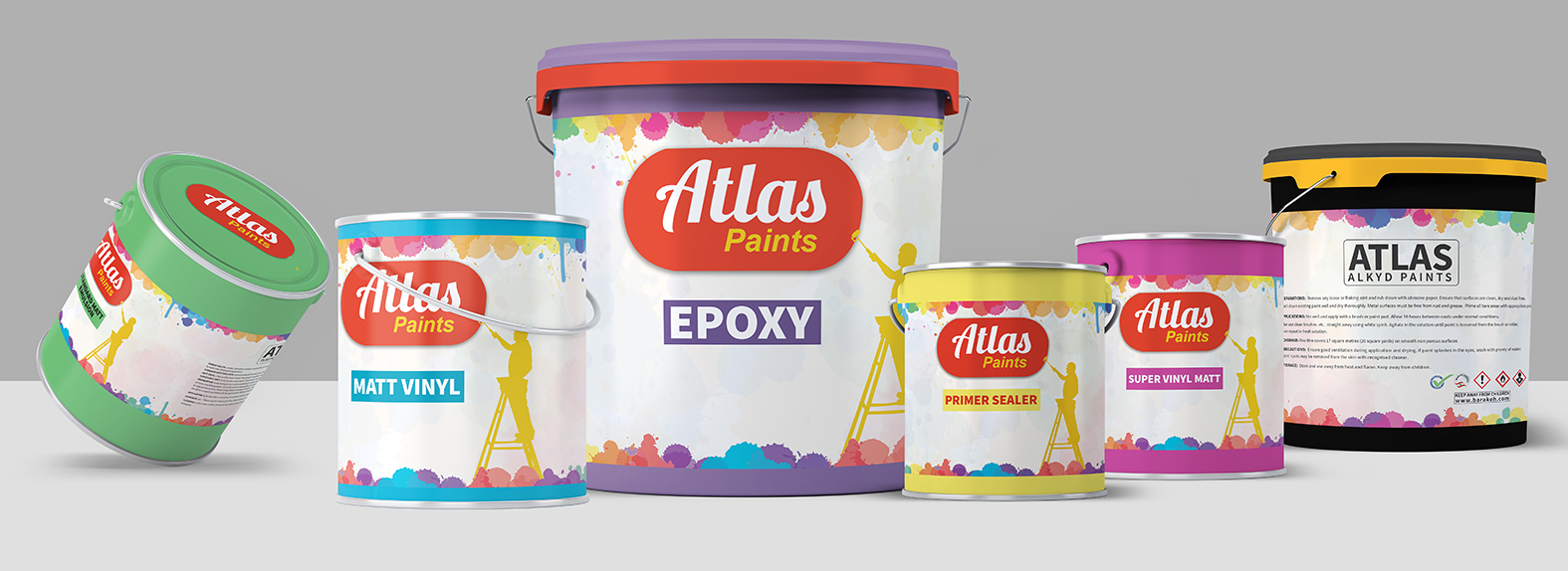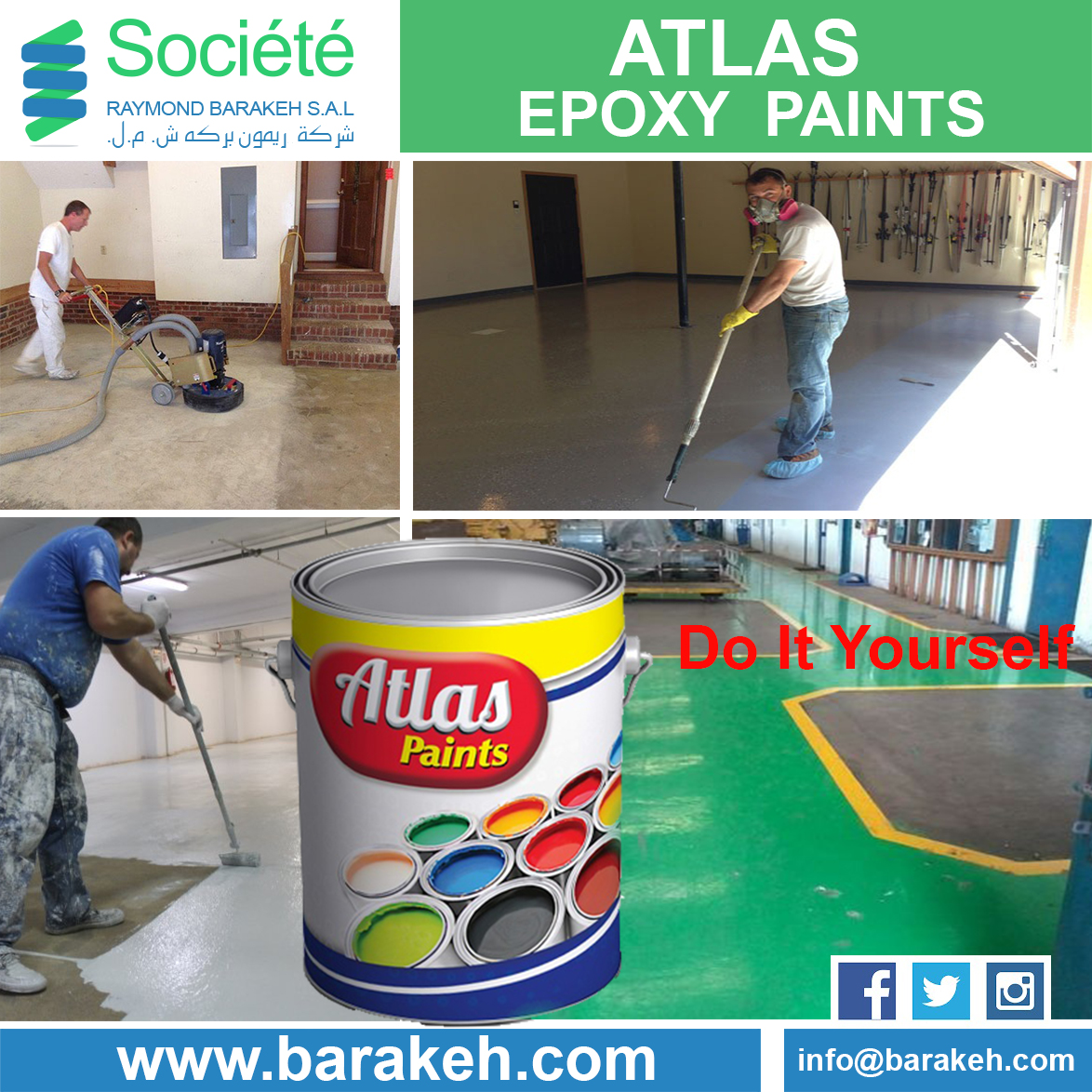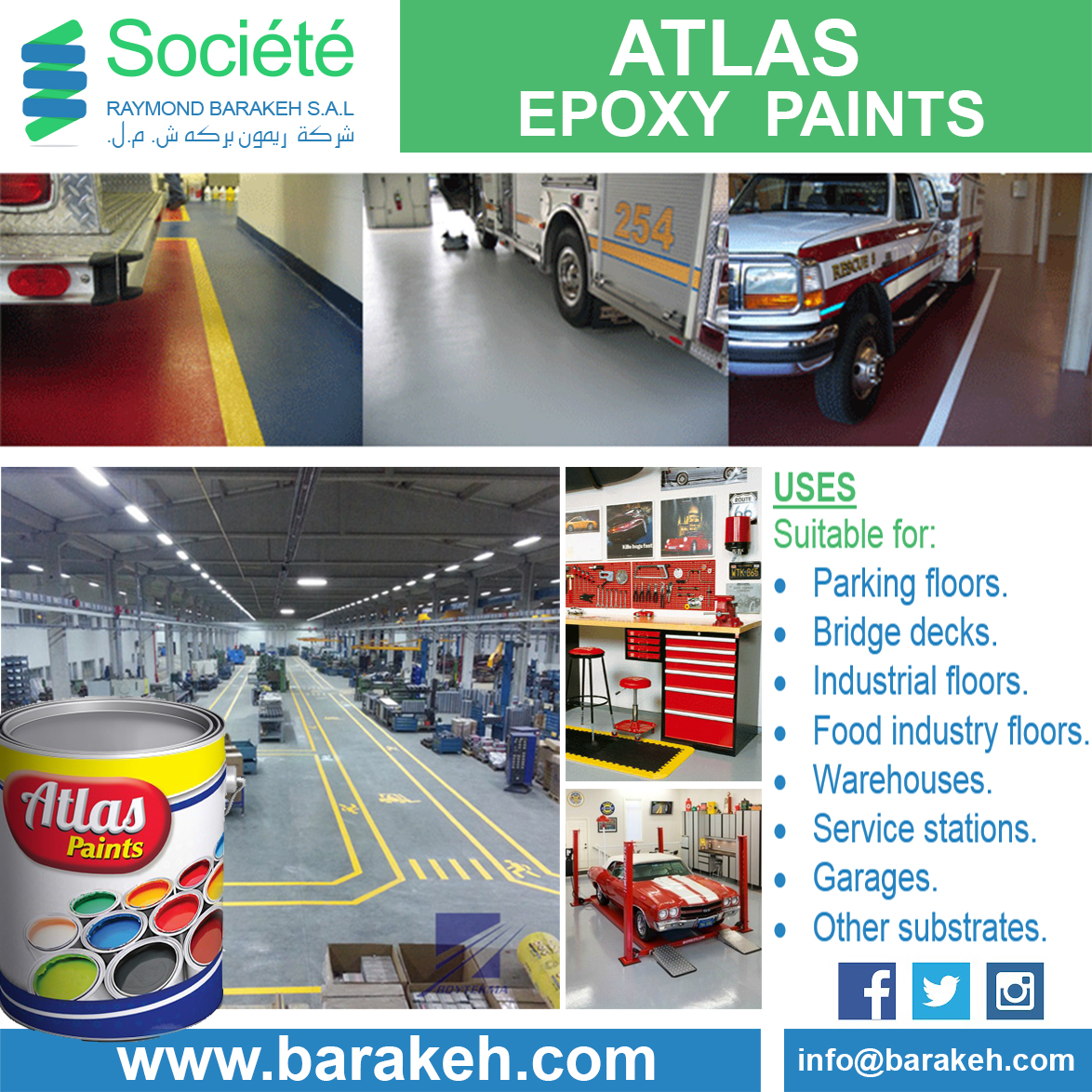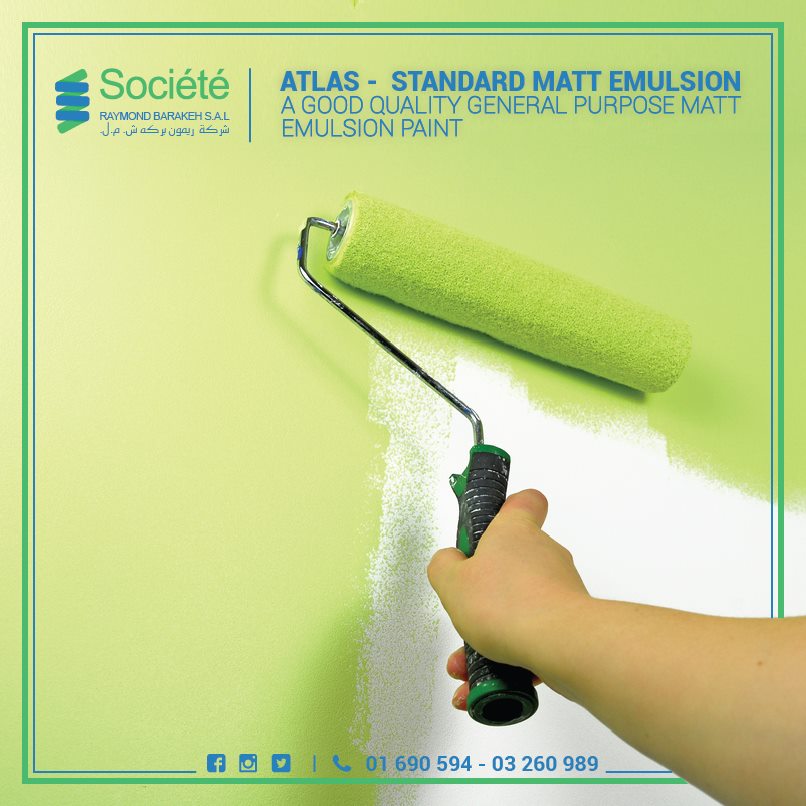Acrylic Decorative Exterior-Interior Paints, Epoxy Paints, Roller, Scratched, Marble Chips, Monocouche renderings....
Brushable
Rollable
Decorative paint
Multi-colors
Seamless coverage
Paints are comprised of two basic components: a binder (or resin) and a colorant (either a dye or ‎pigment). Paint can also include a solvent, which alters its viscosity. ‎ Light fastness. ‎ Heat stability. ‎ Toxicity. ‎ Opacity or Hiding Power. ‎ Color Temperature. ‎ Tinting Strength. ‎ Chemical Resistance.‎
No they are not. Different types of paints perform different functions. Some have better moisture resistance, some have ‎better color and gloss retention, etc.‎
Generally, there are two types of paint brushes: those made of natural-hair bristles and those made with synthetic ‎materials (usually nylon or polyester). Natural bristle brushes are preferred for use with solvent-based (oil- or alkyd-based) ‎paints, especially for enamel or finish work. Natural bristles are hollow and can absorb the water contained in a latex paint, ‎causing them to swell and become soft and limp (like your own hair when it’s wet).‎ Most synthetic brushes work well with both latex and solvent-based paints, but always check the manufacturer’s ‎recommendations on the brush. Some of the solvents used in solvent-based paints can break down the composition of a ‎synthetic bristle. Once again, check the label.‎
There are several key things to look for when choosing a painting contractor. At the very least, check to see if they are ‎licensed, insured, experienced and capable of completing work. Look for reputable companies with local references.‎
Well, every product has its own drying time. And it's quite risky to paint during the rainy season. If in case, you go ahead with the painting and it rains heavily, not allowing enough time for the paint to dry, you might have to face problems. Hence, we recommend you to observe the weather condition and then go ahead with painting.
Most of the time, they come across and choose either an emulsion or paint. It is the common myth that emulsion and paint are the same. However, there are many fundamental differences between these two terms.
|
Emulsion vs Paint |
Emulsion |
Paint |
|
Durability |
Stays longer and are durable |
Less durable compared to emulsion |
Emulsion mostly refers to paint used for walls and ceilings. It's water-based with vinyl or acrylic added for durability. It comes in a range of finishes: gloss, satin, eggshell, silk, flat matt or matt. ... Clay and chalk paints don't contain acrylics or oils so are more eco-friendly.
Yes, both contain the same pigment and have the same sheen, and yes, of course they're both paint. ... Latex and acrylic paints are water-based, while alkyd paints are oil-based, and both interior paints and exterior paints come in both types.
Typically, your second coat of latex paint can be applied two to four hours after the first coat. If you're using an oil-based interior paint, it is often best to wait 24 hours between coats.
You Won't Have to Limit Your Paint Color Choices
In reality, one coat may be sufficient if the two colors are similar, but if not – or if you are painting over white – you will need a second coat of paint to stop the base color from either showing through or altering the real shade of your new paint.
Priming is best. If you have to do two coats of paint to cover the old color, why not use a good primer or primer/sealer and one coat of a good paint? Most people will say otherwise, but primer will stick to old paint a lot better than new paint will. ... Use one coat of primer and one coat of paint.




























